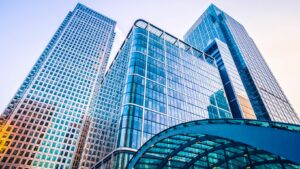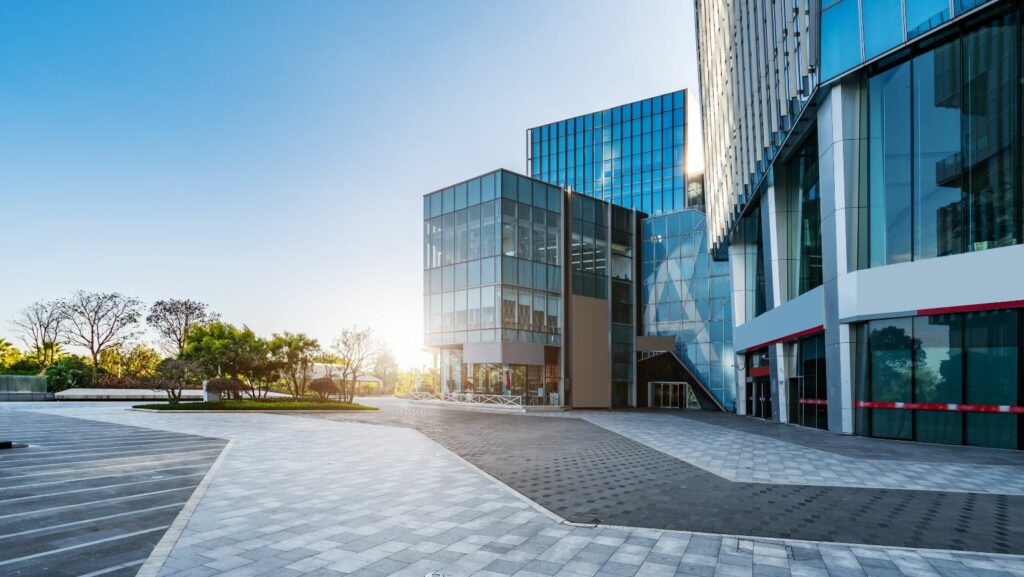Navigating through the bustling streets of a business district isn’t just about dodging pedestrians and parallel parkers—it’s also about adhering to specific speed limits designed to keep everyone safe. In many cities, these limits are set lower than in other areas to accommodate the heavy pedestrian traffic and the unique environment of high-density commercial zones. Understanding these regulations is crucial for both seasoned drivers and newcomers navigating through these economic hubs.
Business District Speed Limit
The Concept of Business Districts
 Business districts, often located at the heart of urban centers, serve as hubs for economic activity. These areas typically feature a high concentration of retail stores, offices, and service providers. Due to their central role in urban economics and their dense infrastructure, business districts attract both high pedestrian traffic and significant vehicle use. As a result, managing traffic flow and enhancing safety becomes imperative for these zones.
Business districts, often located at the heart of urban centers, serve as hubs for economic activity. These areas typically feature a high concentration of retail stores, offices, and service providers. Due to their central role in urban economics and their dense infrastructure, business districts attract both high pedestrian traffic and significant vehicle use. As a result, managing traffic flow and enhancing safety becomes imperative for these zones.
In defining a business district, one notices the strategic placement of transport facilities, ample commercial real estate, and services tailored to business needs, including banks, consulting firms, and corporate headquarters. These districts are not only economic engines but also landmarks and centers of urban life.
Rationale Behind Speed Restrictions
 The implementation of speed limits in business districts plays a critical role in ensuring safety and maintaining order. Densely populated and heavily trafficked, these areas require lower speed limits to help prevent accidents and improve the livability of the environment. Typically, the speed limit in business districts may be set between 20 to 30 miles per hour, varying based on the specific characteristics and needs of the area.
The implementation of speed limits in business districts plays a critical role in ensuring safety and maintaining order. Densely populated and heavily trafficked, these areas require lower speed limits to help prevent accidents and improve the livability of the environment. Typically, the speed limit in business districts may be set between 20 to 30 miles per hour, varying based on the specific characteristics and needs of the area.
Speed restrictions are imposed for several key reasons:
- Enhancing Pedestrian Safety: High pedestrian traffic in business districts necessitates slow moving traffic to reduce accident risks and enhance pedestrian comfort and safety.
- Reducing Traffic Congestion: Lower speed limits can lead to smoother traffic flow, minimizing sudden stops and starts that contribute to traffic jams.
- Decreasing Noise Pollution: Slower speeds help reduce vehicle noise, contributing to a more pleasant and quieter environment for both shoppers and business workers.
- Facilitating Urban Experience: By reducing car speeds, cities can enhance the urban experience, making business districts more appealing to pedestrians, which can increase foot traffic and potential business for retailers.
Regulations Governing Speed Limits in Business Districts
How Speed Limits are Determined
Determining speed limits in business districts involves multiple factors, primarily focusing on safety and traffic flow. Local governments assess these limits based on recommendations from traffic engineers, who conduct detailed studies on traffic volume, pedestrian density, accident history, and road characteristics in the area. Engineers also consider national guidelines, such as those from the Manual on Uniform Traffic Control Devices (MUTCD), which recommends speed limits that facilitate consistent and prudent traffic flow.
In addition, community input plays a crucial role. Local businesses and residents often provide feedback in public hearings, which helps tailor solutions to the specific needs of the district. This collaborative approach ensures that speed limits support both safety concerns and the economic activities of the business district.
Comparing Speed Limits Across Different States
 Speed limits in business districts can vary considerably from one state to another, influenced by local policies, urban planning standards, and population densities. For example:
Speed limits in business districts can vary considerably from one state to another, influenced by local policies, urban planning standards, and population densities. For example:
- In New York, the default speed limit in business districts is 25 mph, aligning with the city’s Vision Zero policy to eliminate traffic deaths.
- California sets a typical speed limit of 25 mph in business areas but allows up to 35 mph if justified by an engineering study.
- Texas, recognizing diverse urban and suburban business environments, generally allows local cities to establish speed limits between 30 to 35 mph in their business districts, based on engineering studies and local ordinances.
Benefits of Speed Limits in Business Districts
Speed limits in business districts enhance pedestrian safety significantly, leading to fewer accidents. They also improve traffic management, ensuring smoother flow of vehicles with reduced congestion. Moreover, these regulations support local businesses by creating a more appealing environment for shoppers and pedestrians.
- Enhanced Pedestrian Safety: Pedestrian safety improves, as slower speeds give drivers more time to react to unexpected situations, such as a person crossing the street unexpectedly.
- Improved Traffic Flow: Traffic moves more smoothly, as uniform speed limits prevent sudden stopping and starting, which often leads to less congestion.



